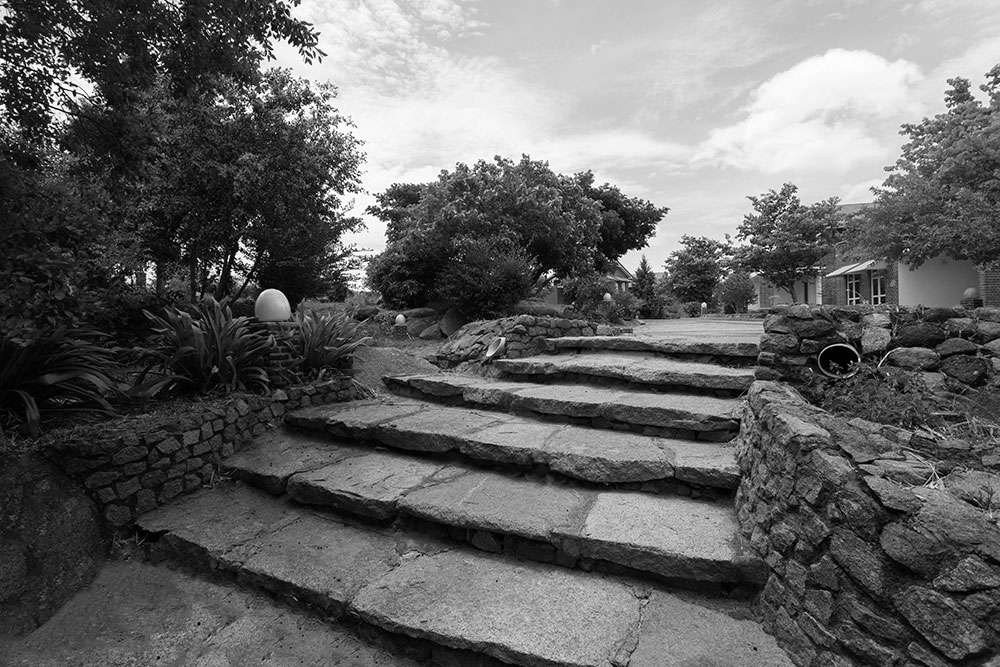Creating ecosystems
An ecosystem is defined as “a community of living organisms (plants, animals and microbes) in conjunction with the non-living components of their environment (things like air, water and mineral soil), interacting as a system.” Ecosystems are complicated things that adopt their own life and evolution depending on the composition of the individual species present and the infinite number of outcomes that can result from their interactions.
A garden – big or small, is an engineered ecosystem and a good landscape design makes natural processes work to advantage, choosing the least invasive and most sustainable gardening methods.
The physical structure of our gardens can affect ecosystem functioning. A good example is that of two constructed ponds. One is built in a lawn, exposed to the sun, built with a liner and artificially filled from a garden tap.

There is not much of an ecosystem functioning in it, and maintenance is high. The other pond is built as a gently sloped pit, where seasonal rain water fills it to the brim. It has partial tree canopy cover, and so steadily pumping water to fill it isn’t necessary since evaporation is reduced. It could have a partial liner, which helps the pond retain some water, but the level fluctuates with the water table and can contribute to groundwater infiltration.
At Functional forms, we create landscape designs that support ecosystems, using native planting and encouraging all life forms. Such gardens have three groups of organisms – Producers, Consumers and decomposers. Having all three in balance allows the natural processes work to create beautiful gardens. We want to have butterflies, birds, frogs, turtles and reptiles for our gardens to thrive and therefore we have to have the right combination food options, water and cover/protection/home for the various creatures. The more diversity contained within the space, the more stable the ecosystem will be and so, using a varied array of native plants to attract many types of wildlife, having a healthy soil structure by encouraging a diverse and healthy soil-food web and seeing insects, birds and mammals that visit the gardens as stabilizing elements rather than destructors is our approach when we work on landscapes.